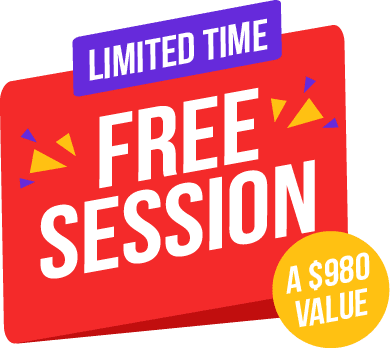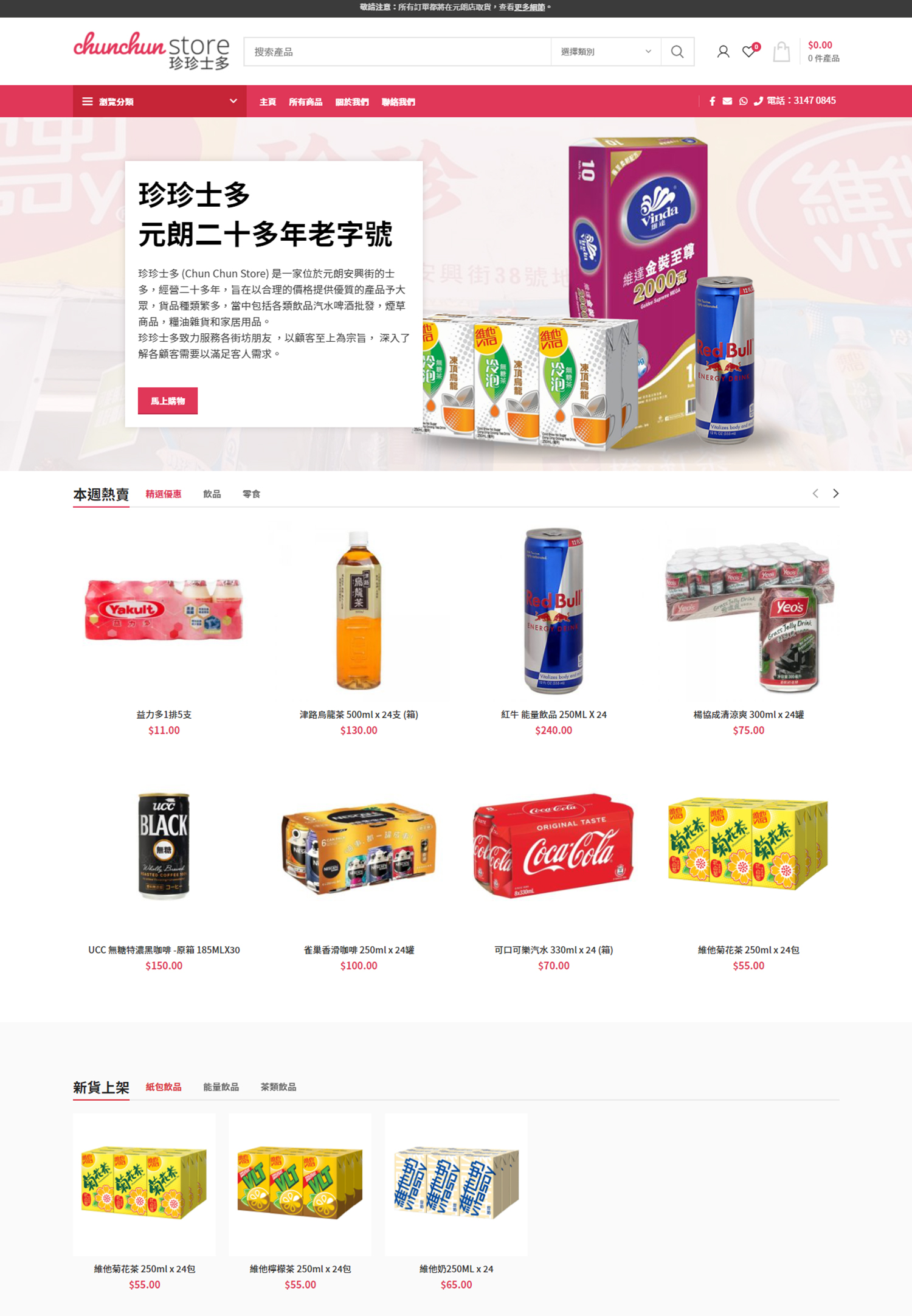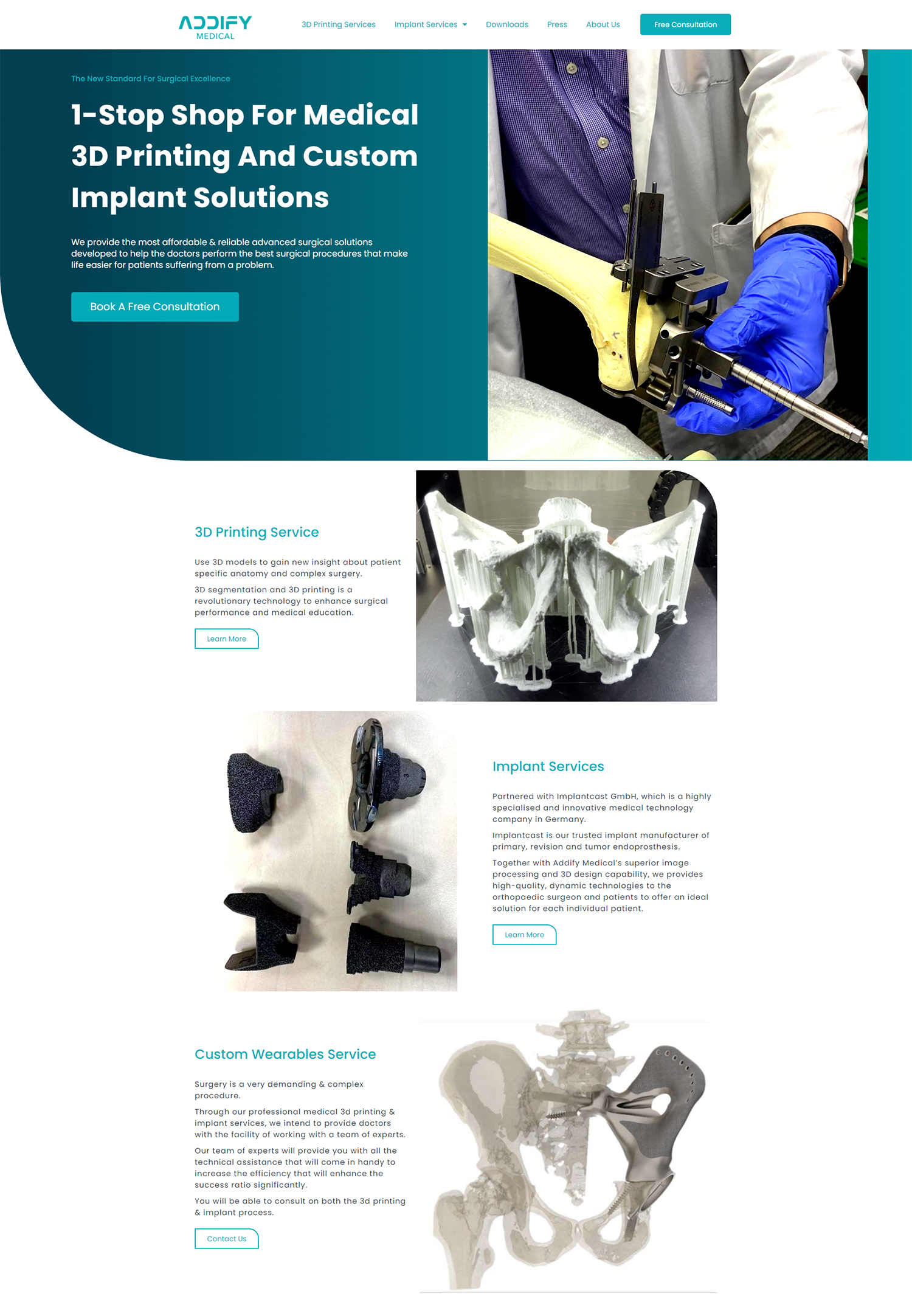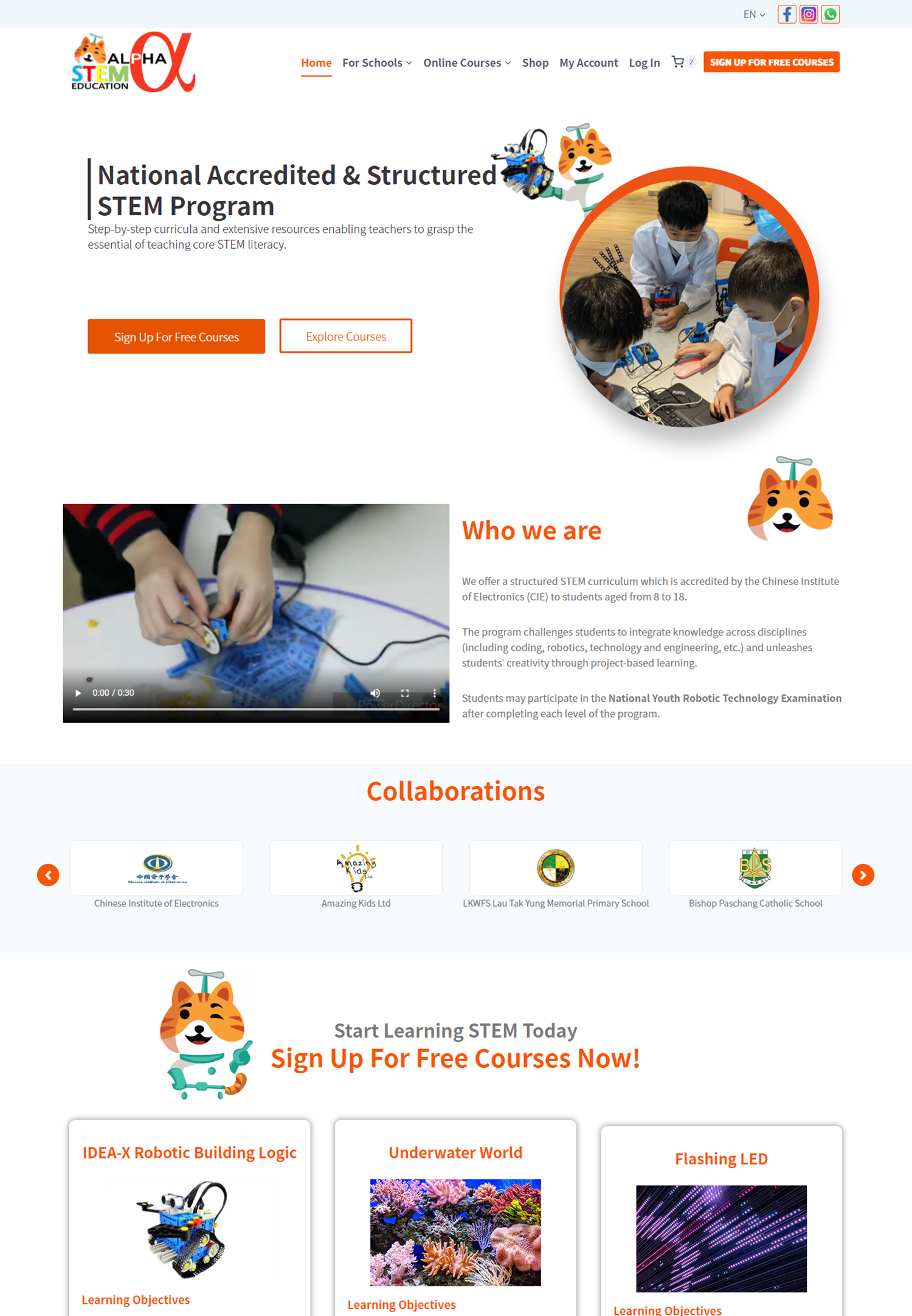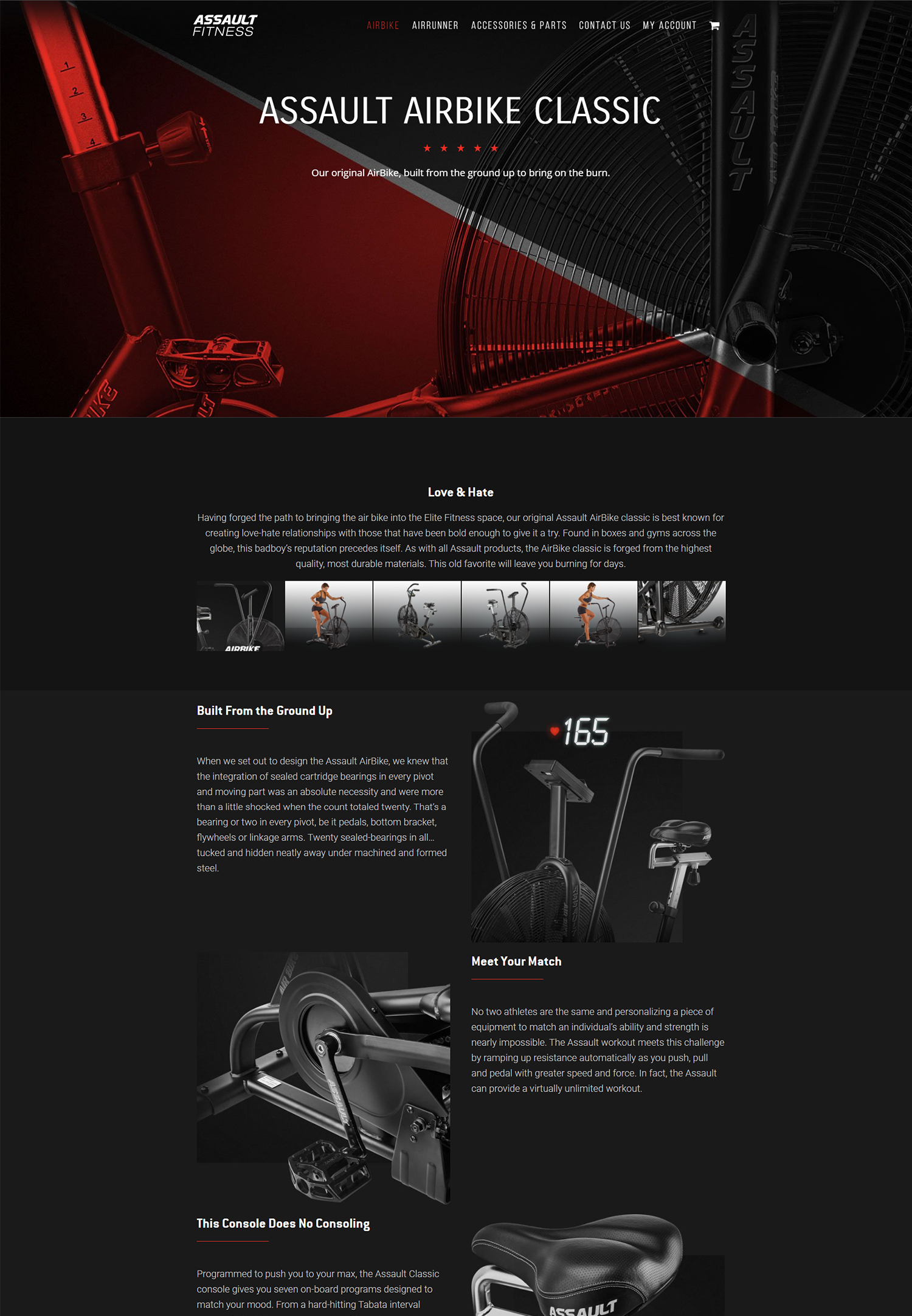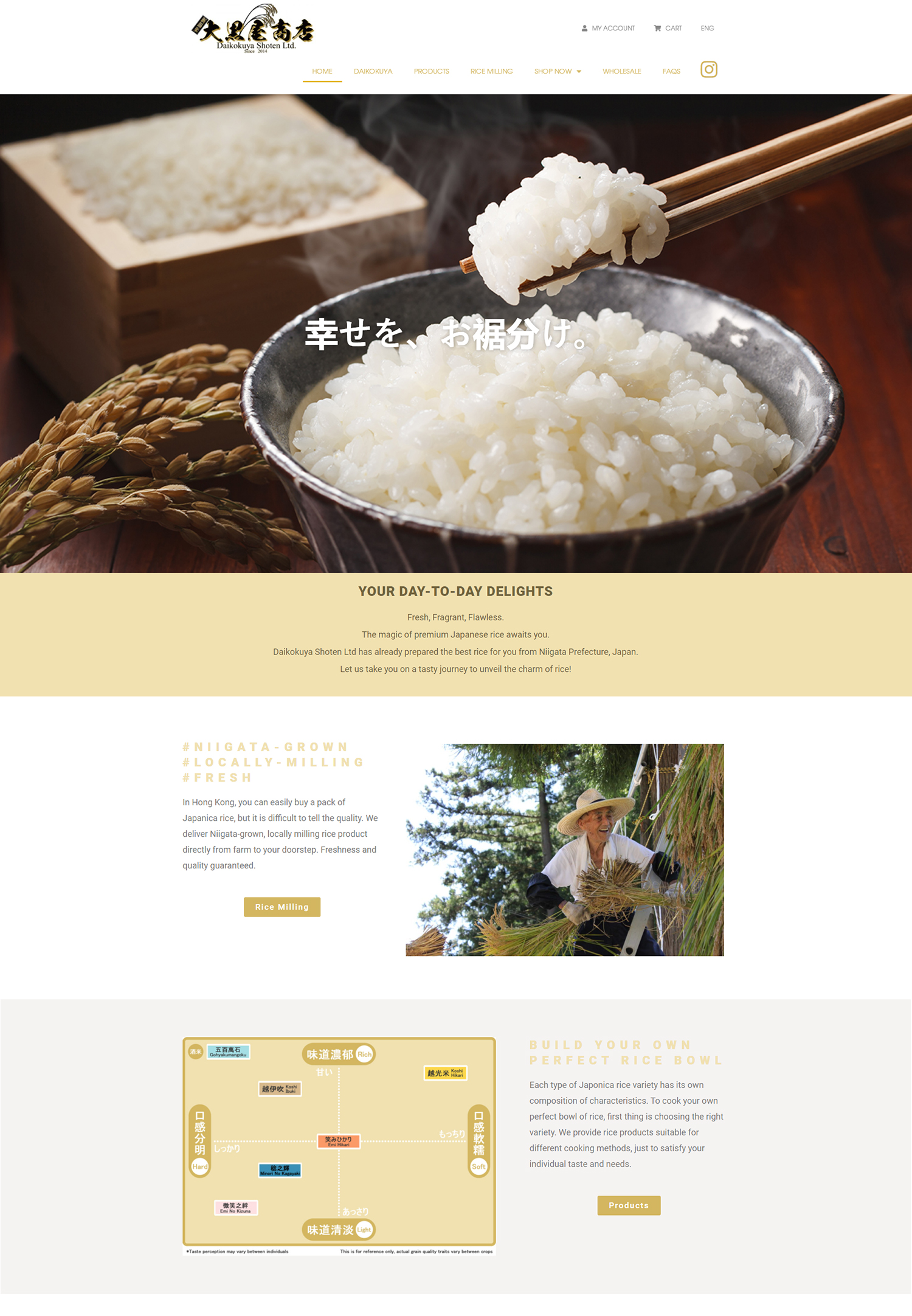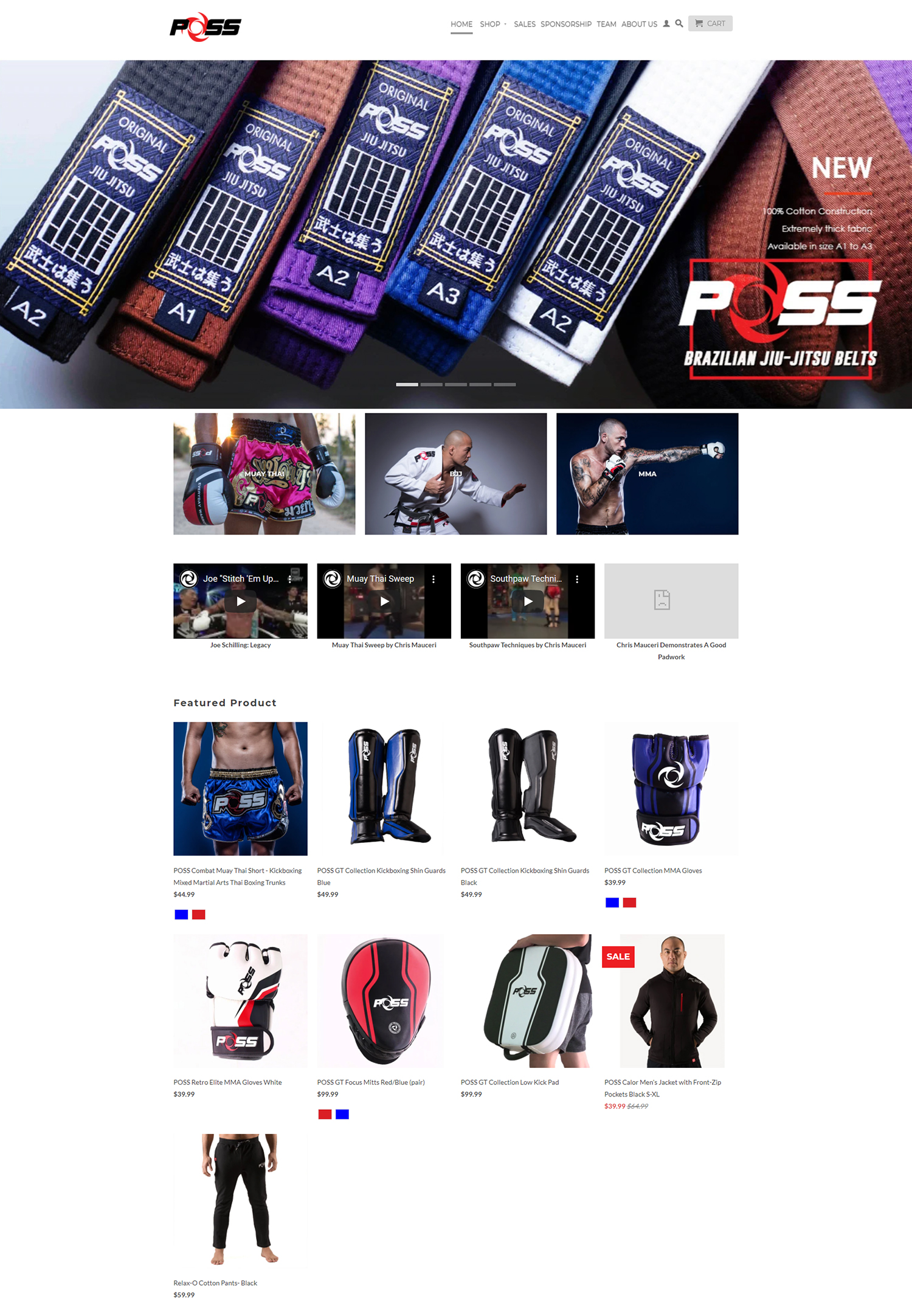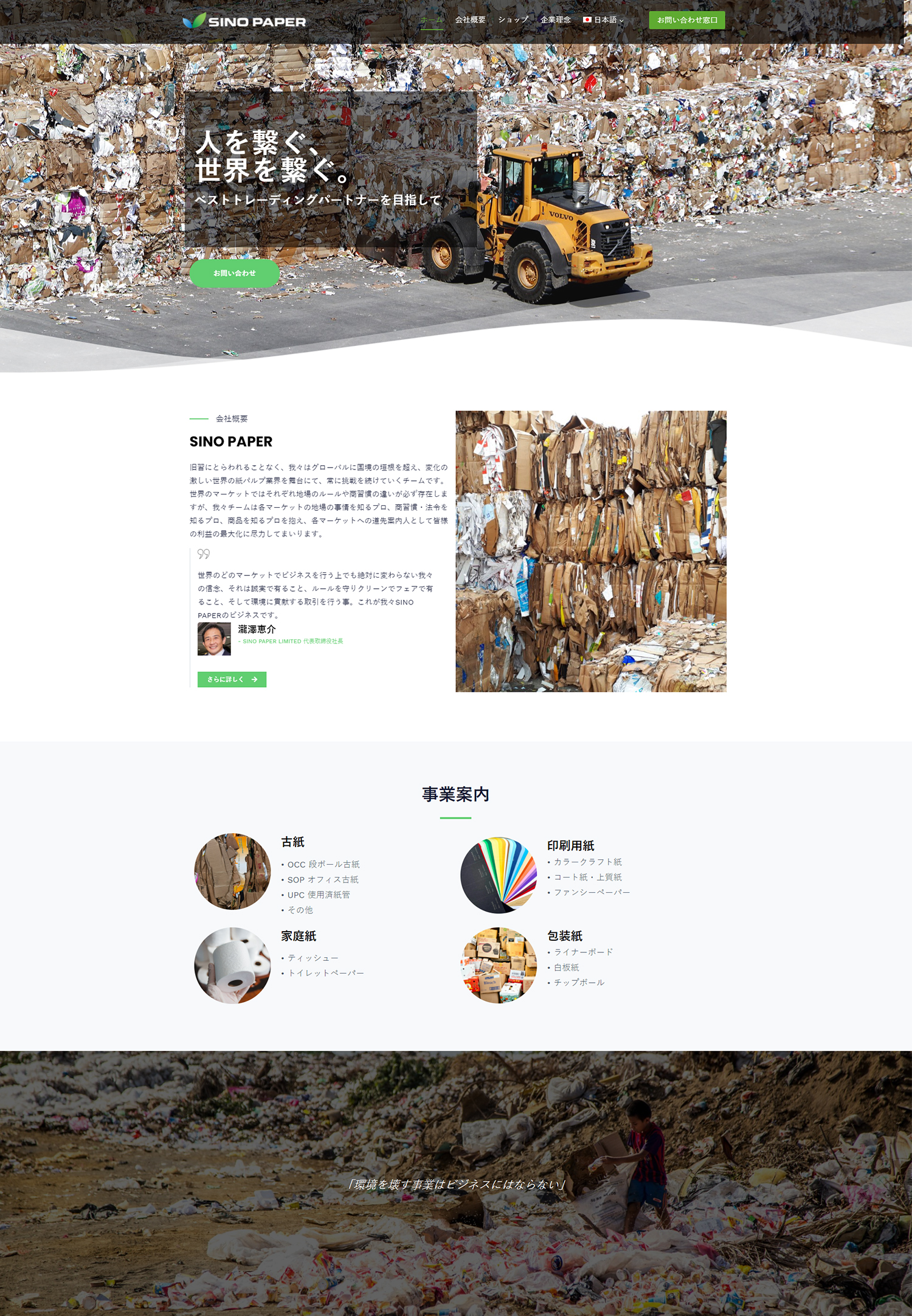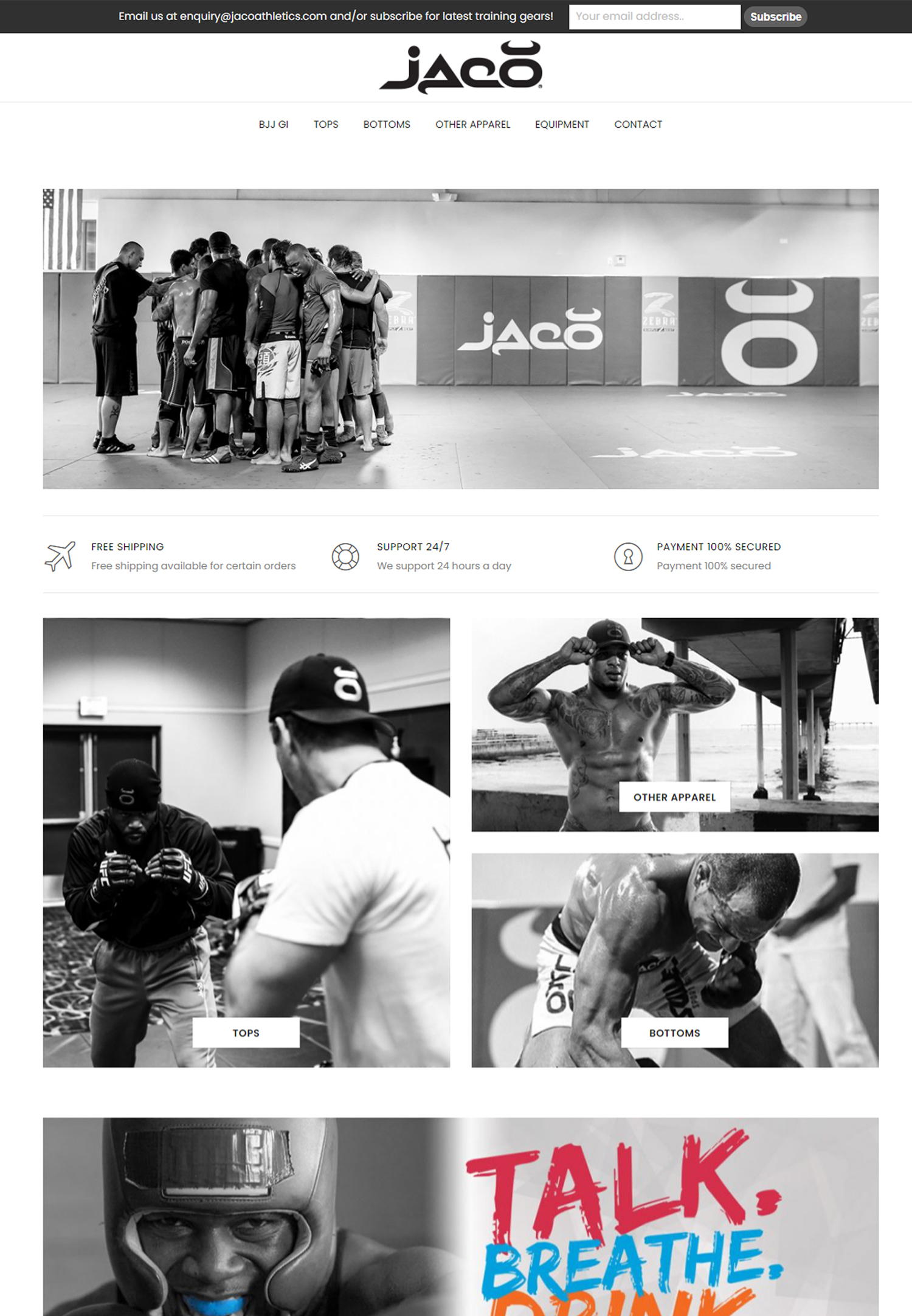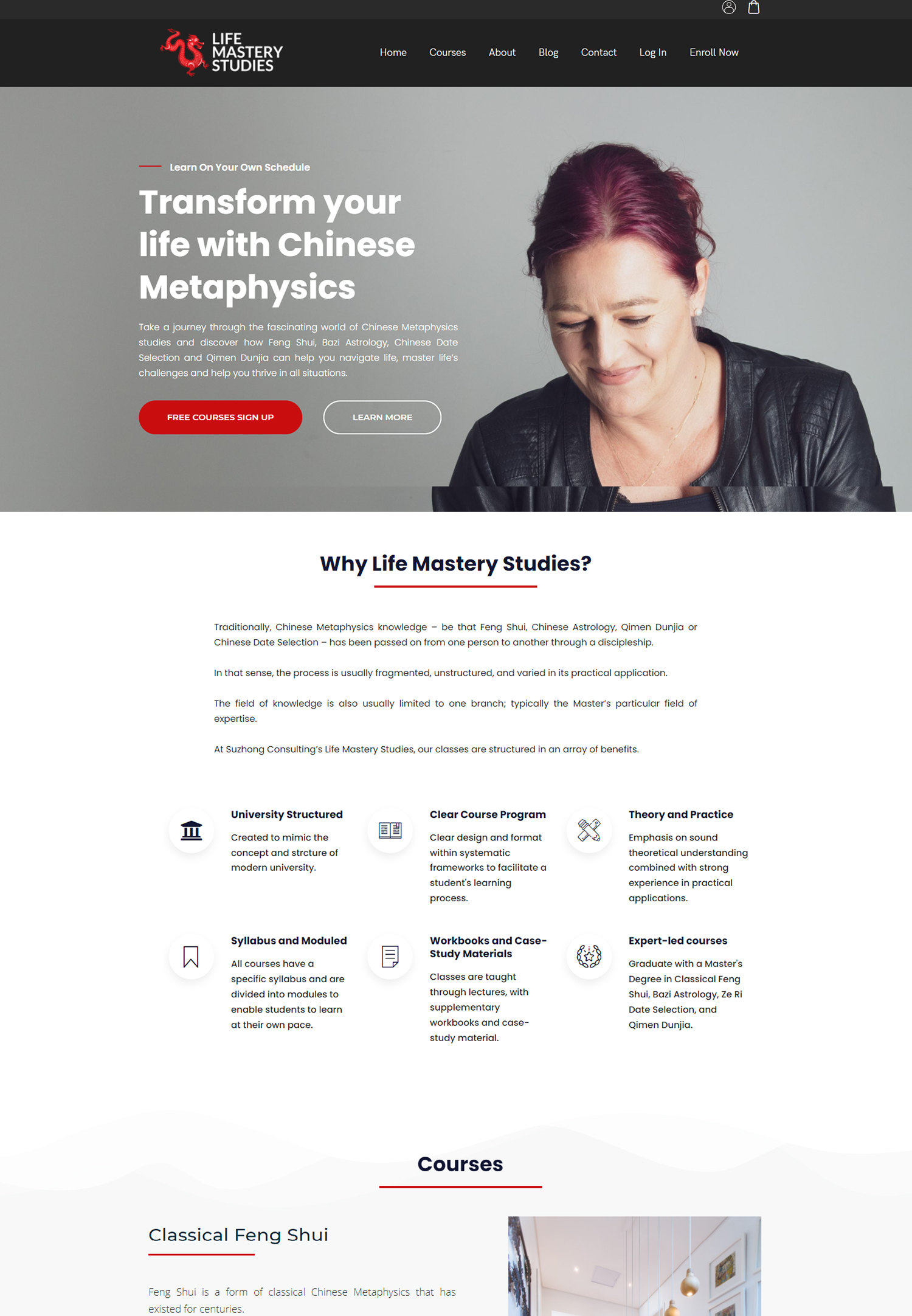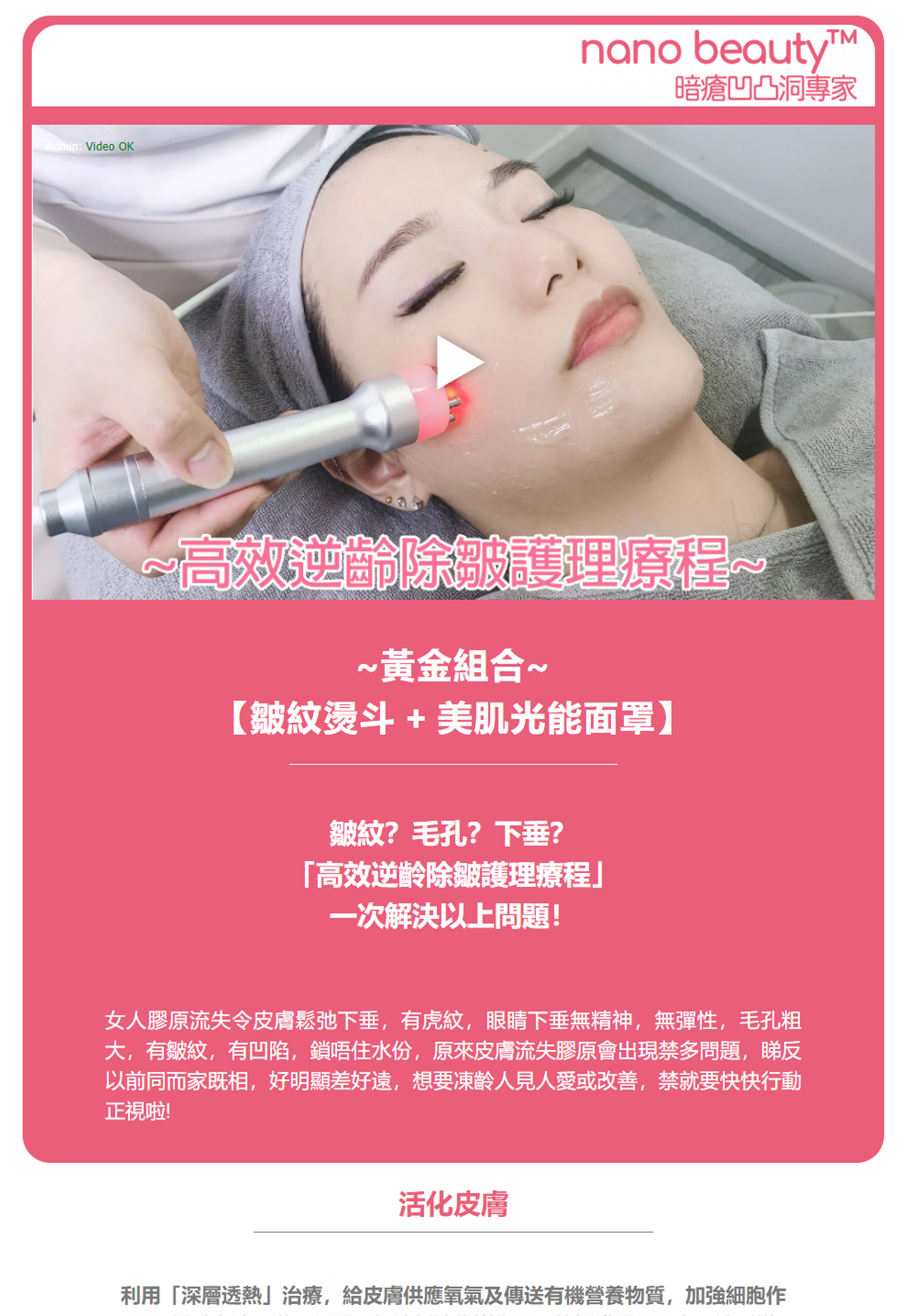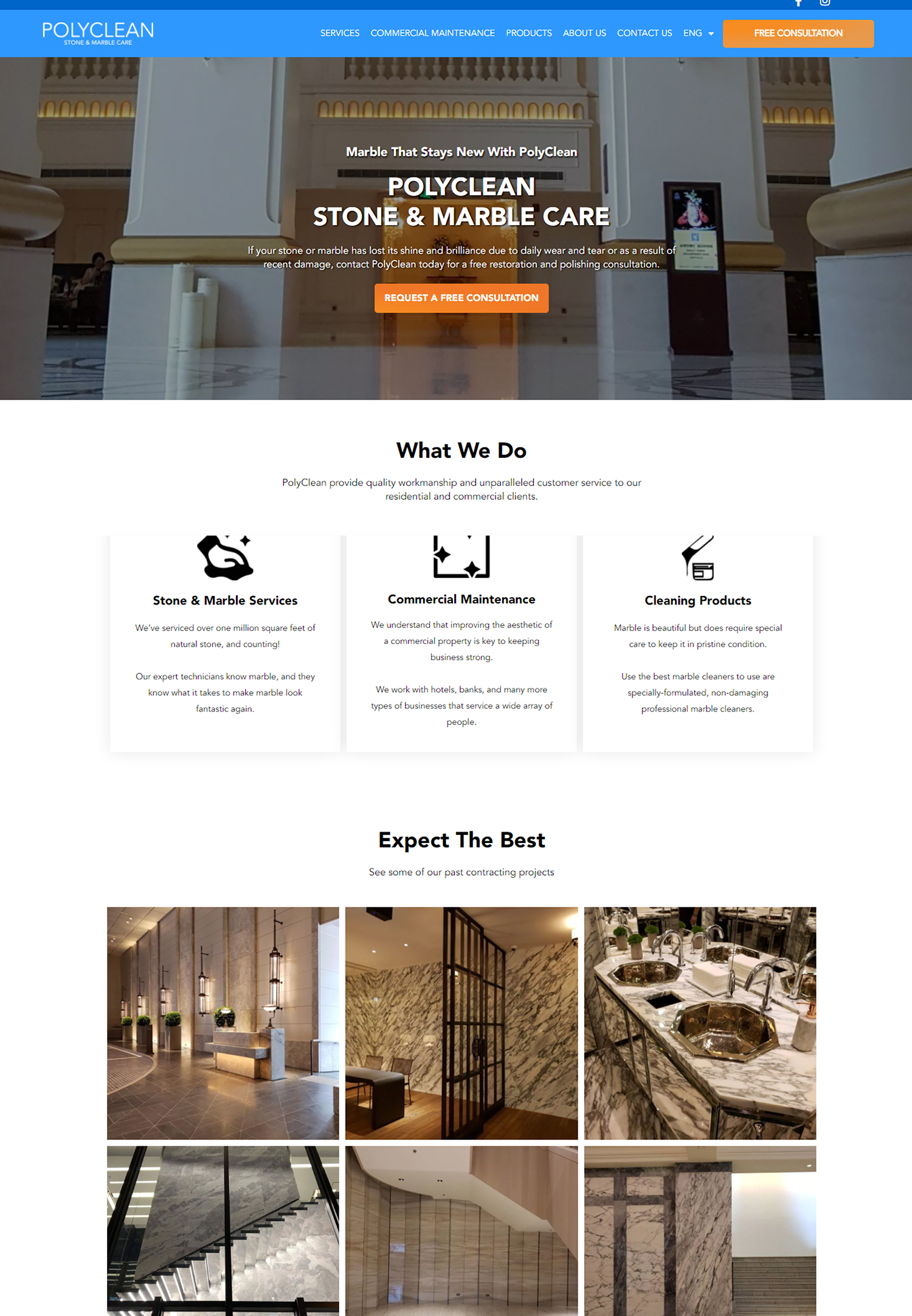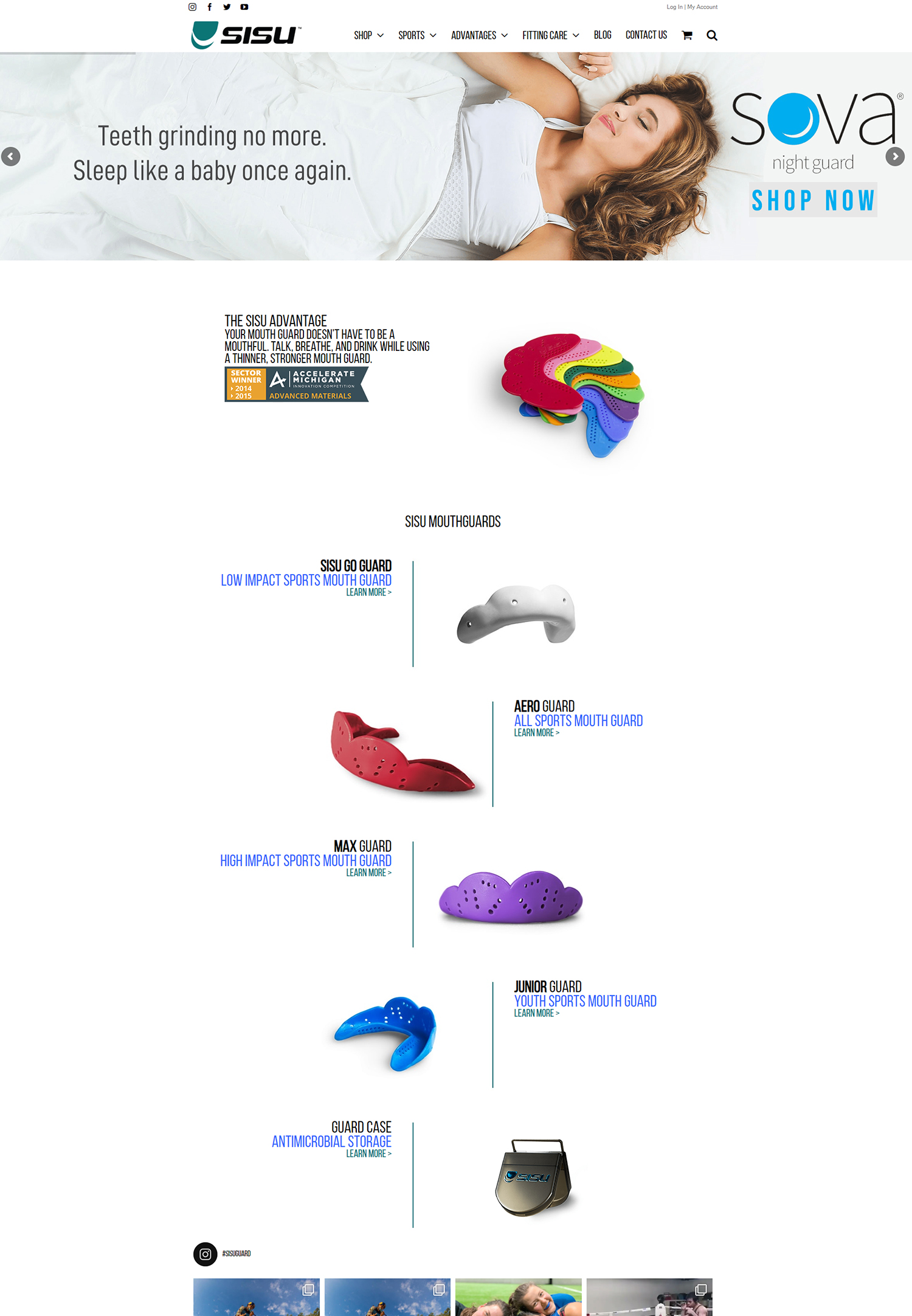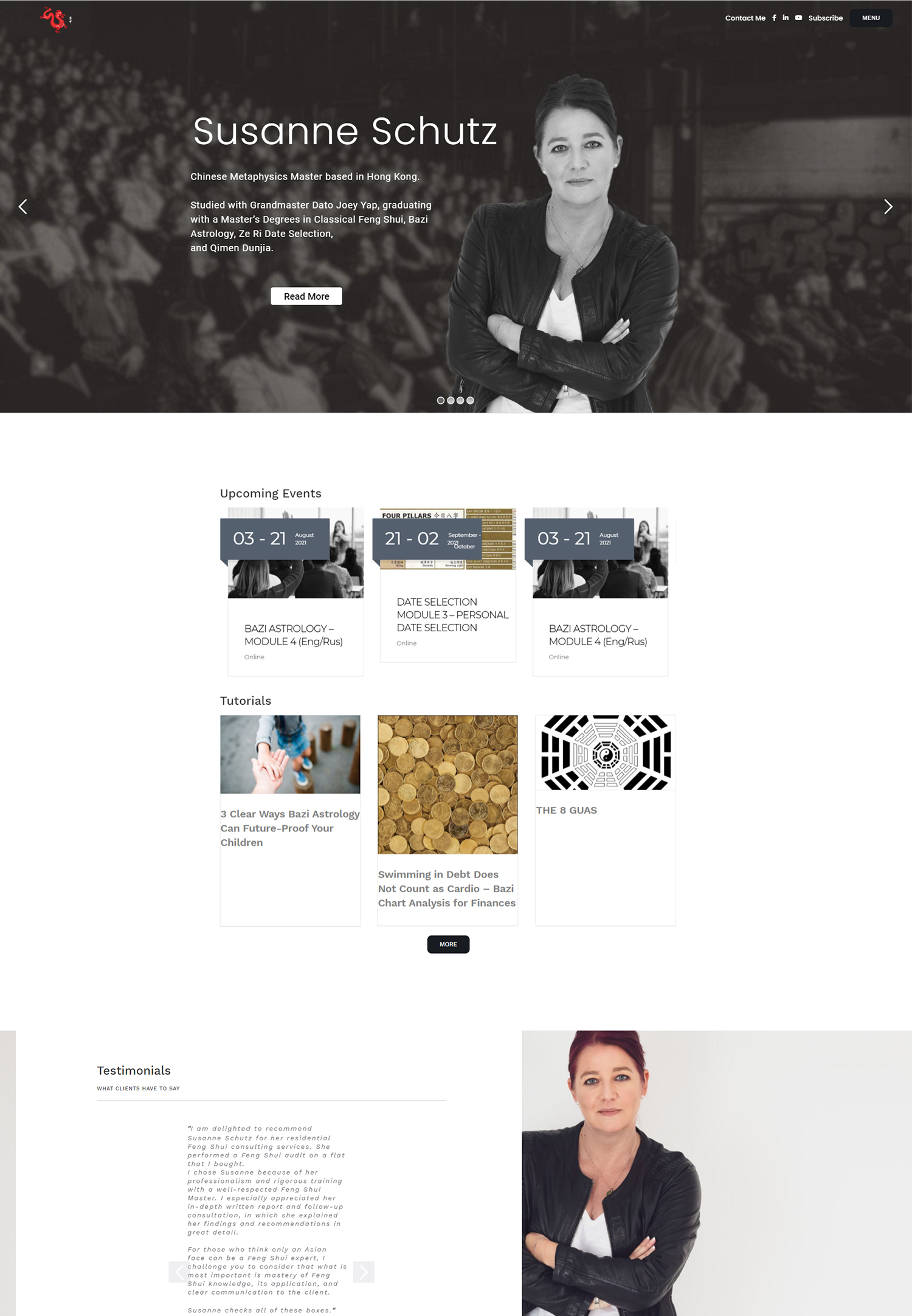In the digital age, where communication is instantaneous and information is abundant, the significance of email sequences cannot be overstated. Email sequences serve as a structured approach to engage with our audience over time, allowing us to nurture leads and build relationships. By sending a series of targeted emails, we can guide potential customers through their decision-making process, addressing their needs and concerns at each stage.
This method not only enhances our chances of conversion but also fosters a sense of connection and trust with our audience. Moreover, email sequences provide us with the opportunity to deliver value consistently. Each email can be crafted to educate, inform, or entertain, ensuring that our recipients find relevance in what we share.
This ongoing engagement keeps our brand top-of-mind, making it more likely that when our audience is ready to make a purchase, they will think of us first. In essence, email sequences are not just about selling; they are about creating a dialogue that resonates with our audience and positions us as a trusted resource in our industry.
Key Takeaways
- Email sequences are important for nurturing leads, building trust, and addressing objections in a strategic and personalized manner.
- Crafting effective email sequences involves understanding the customer journey, creating engaging content, and utilizing automation tools for efficiency.
- Segmentation and personalization are crucial in email sequences to deliver relevant content and build a strong connection with the audience.
- Storytelling plays a key role in nurturing leads by creating an emotional connection and conveying the brand’s message in a compelling way.
- Email sequences can address objections and build trust by providing valuable information, addressing concerns, and showcasing social proof and testimonials.
Crafting effective email sequences
When it comes to crafting effective email sequences, we must start with a clear understanding of our goals. Are we aiming to convert leads into customers, re-engage inactive subscribers, or perhaps educate our audience about a new product? Defining our objectives will guide the content and structure of our emails.
Each sequence should have a logical flow, leading the recipient from one email to the next in a way that feels natural and engaging. We can achieve this by mapping out the customer journey and identifying key touchpoints where our emails can make an impact. In addition to having a clear structure, the content of our emails must be compelling.
We should focus on creating subject lines that grab attention and encourage opens, as well as crafting body content that is concise yet informative. Utilizing bullet points, subheadings, and visuals can enhance readability and keep our audience engaged. Furthermore, we should always include a strong call-to-action (CTA) that guides recipients on what to do next.
Whether it’s clicking a link, signing up for a webinar, or making a purchase, our CTAs should be clear and enticing.
Segmentation and personalization in email sequences
Segmentation and personalization are critical components of successful email sequences. By dividing our audience into specific segments based on demographics, behaviors, or interests, we can tailor our messages to resonate more deeply with each group. This targeted approach allows us to send relevant content that speaks directly to the needs and preferences of our recipients.
For instance, if we have a segment of subscribers who have shown interest in a particular product category, we can create an email sequence that highlights those products and addresses common questions or concerns related to them. Personalization goes beyond simply addressing recipients by their first names; it involves crafting messages that reflect their unique experiences with our brand. We can leverage data from previous interactions to inform our email content, ensuring that each message feels relevant and timely.
For example, if a subscriber has previously engaged with content about a specific service, we can follow up with additional resources or offers related to that service. By making our emails feel personalized, we enhance the likelihood of engagement and conversion.
The role of storytelling in nurturing leads
Storytelling is a powerful tool in nurturing leads through email sequences. Humans are naturally drawn to stories; they evoke emotions and create connections that facts alone cannot achieve. By incorporating storytelling into our emails, we can illustrate how our products or services have made a difference in the lives of others.
This narrative approach not only captures attention but also helps potential customers envision how they might benefit from what we offer. When crafting stories for our email sequences, we should focus on relatable characters and scenarios that resonate with our audience’s experiences. We can share customer success stories or case studies that highlight the challenges faced by real people and how our solutions provided relief or improvement.
By weaving these narratives into our emails, we create an emotional bond with our audience, making them more likely to trust us and consider making a purchase.
Using email sequences to address objections and build trust
Addressing objections is an essential aspect of any sales process, and email sequences provide an ideal platform for doing so. As potential customers move through their decision-making journey, they may have reservations or concerns that could hinder their willingness to buy. By anticipating these objections and proactively addressing them in our email sequences, we can alleviate doubts and build trust with our audience.
For instance, if we know that price is a common concern for many of our leads, we can dedicate an email to discussing the value of our offerings in relation to their cost. We might include comparisons with competitors or highlight the long-term benefits of investing in our products or services. By openly addressing objections rather than shying away from them, we demonstrate transparency and confidence in what we offer, which can significantly enhance trust in our brand.
Leveraging social proof and testimonials in email sequences
Social proof is a compelling psychological phenomenon that influences decision-making. When potential customers see evidence that others have had positive experiences with our brand, they are more likely to feel confident in their own purchasing decisions. Incorporating social proof into our email sequences can take various forms, including testimonials, reviews, case studies, or user-generated content.
By showcasing testimonials from satisfied customers within our emails, we provide tangible evidence of the value we deliver. These endorsements serve as powerful motivators for leads who may be on the fence about making a purchase. Additionally, including links to reviews or ratings can further reinforce credibility.
When recipients see that others have benefited from what we offer, they are more inclined to trust us and take action.
Automating and optimizing email sequences for maximum impact
Automation is a game-changer when it comes to managing email sequences efficiently. By utilizing marketing automation tools, we can set up sequences that trigger based on specific actions taken by our audience. For example, if someone downloads a resource from our website, we can automatically send them a series of follow-up emails tailored to their interests.
This level of automation not only saves us time but also ensures that we are delivering timely and relevant content to our leads. However, automation alone is not enough; we must also focus on optimizing our email sequences for maximum impact. This involves regularly analyzing performance metrics such as open rates, click-through rates, and conversion rates.
By identifying which emails resonate most with our audience and which ones fall flat, we can make informed adjustments to improve overall effectiveness. A/B testing different subject lines or content formats can also provide valuable insights into what drives engagement.
Measuring the success of email sequences and making adjustments
To truly understand the effectiveness of our email sequences, we must establish clear metrics for success. These metrics may include open rates, click-through rates, conversion rates, and unsubscribe rates. By tracking these indicators over time, we gain valuable insights into how well our sequences are performing and where improvements may be needed.
Once we have gathered data on our email performance, it’s essential to analyze it critically. If certain emails consistently underperform, we should investigate why this might be the case—whether it’s due to unengaging content, poor timing, or lack of relevance for the audience segment. Based on these insights, we can make necessary adjustments to enhance future campaigns.
Continuous improvement is key; by regularly refining our email sequences based on data-driven insights, we can ensure that they remain effective tools for nurturing leads and driving conversions. In conclusion, mastering the art of email sequences requires a thoughtful approach that encompasses understanding their importance, crafting compelling content, leveraging segmentation and personalization, utilizing storytelling techniques, addressing objections effectively, incorporating social proof, automating processes for efficiency, and measuring success for ongoing optimization. By embracing these strategies collectively, we position ourselves to build stronger relationships with our audience while driving meaningful results for our business.





